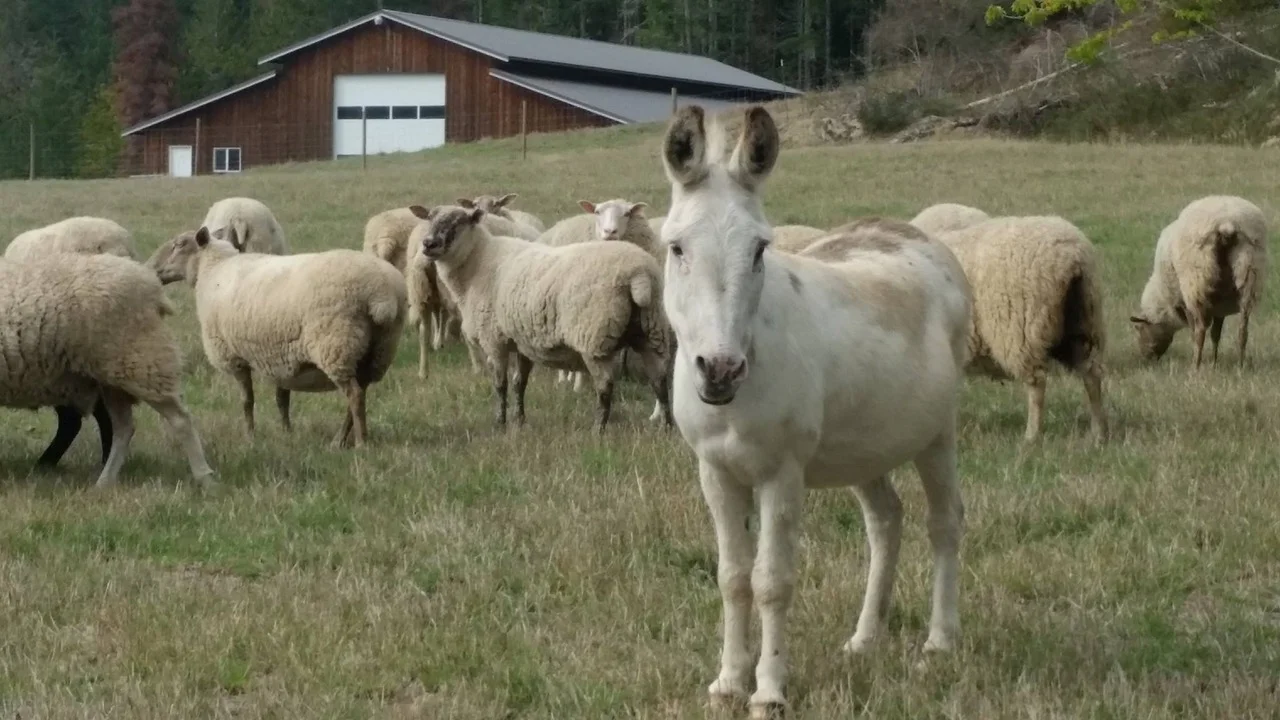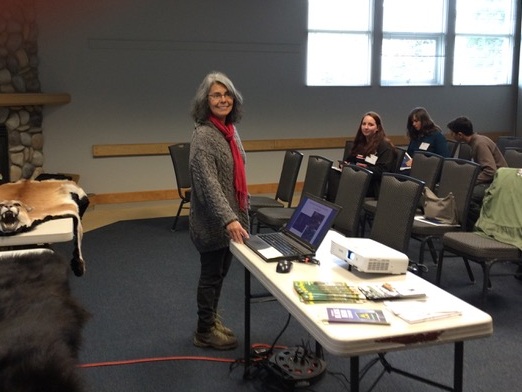CRD SOLID WASTE MANAGEMENT PLAN
The Capital Regional District (CRD) is developing a new solid waste management plan to reduce and manage solid waste in the capital region. The plan will guide how the region manages solid waste in the coming years, including recyclables, compostable material and garbage from homes, businesses, and institutions, as well as construction and demolition sites.
Some key issues to avoid conflict with carnivores are bear-resistant bins, education on when to put out garbage and recycling and policies for public and private waste collection and disposal.
For more information and the public input sessions: please see: https://www.crd.bc.ca/project/management-plan
Let’s talk about bears: CAmera trapping in Sooke
Camera trap picture
Joanna van Bommel
I have had cameras deployed in Sooke since July 2018 to see where black bears are spending time along a gradient of human disturbance from urban to wild. However, since I started my Master’s in 2017 knowing I would have camera traps out for a year, I was curious to see if any bears were active through the winter. And they were!
Black bears are present in much of North America and are known for their winter hibernation. The length can vary based on temperature and food availability, but often bears start denning in October/November and emerge in April/May. During this period cubs are born in January/February and have some time to grow before they venture out into the world. There are a few exceptions to this, such as when bears have not gained enough weight to make it through a 7 month fast get up to forage. But new research coming out of Nevada is finding that increased winter temperatures and available food sources is leading some bears, regardless of weight, to stay awake.
Vancouver Island is a bit more interesting as it is already warmer than a lot of Canada and the northern 48 states in the winter and I have heard anecdotes of bears seen year round as well as conflicts noted by conservation officers. This potentially means natural food availability could support a bear through winter. But the other food source is anthropogenic – human garbage, livestock, and compost.
The number of bear detection in winter was lower than in previous months which could be due to females still needing to den to raise cubs, the placement of cameras not capturing the areas bears go in winter, or an actual signal that some bears hibernate while others do not. My project is not designed to tackle these questions, but now that I can add to the anecdotal evidence of bears active in the winter. I hope someone else can continue and see if the numbers of active bears are increasing over time and what the bears are eating. It's important for communities on Vancouver Island to know that there could be bears awake at any time and therefore the actions they take to reduce conflicts such as keeping attractants inside and being mindful while out for a walk should continue through the winter!
4H Carnivores Day
Nitya presenting about cougars, bears and wolves at the 4H Carnivores day
Wildlife signs, scats and paw casts
To promote education on, tolerance of, and appreciation for bears, cougars and wolves on Southern Vancouver Island, we have organized the 4H Carnivores Day in Metchosin (October 20, 2018) and participated in the Parksville 4H Regional Conference (April 13, 2019). 30 to 40 youth from Southern Vancouver Island, between 7 and 16 years old (and their parents), have attended the events. We have discussed with them what attracts bears and cougars to our communities and what we can do to manage attractants such as garbage in our communities. We have made cougar and bear paw casts with them, learned about carnivores signs in the wild and looked at trail cameras to understand how wildlife behaves. It was a great experience to share ideas with our youth on how they can live and coexist with bears, cougars and wolves!
COEXISTING with bears in Sooke
Joanna van Bommel
Joanna van Bommel, a University of British Columbia (UBC) student and member of the alliance, is hoping her research project can shed more light on the causes of human and bear conflicts. She’s placing cameras in urban, rural and forested areas of Sooke to study the animal’s behaviour and find ways to cut down on conflicts with local communities. Read more about Joanna's work here. Check back in a year for her research results or twit her at @JoannaKvB






